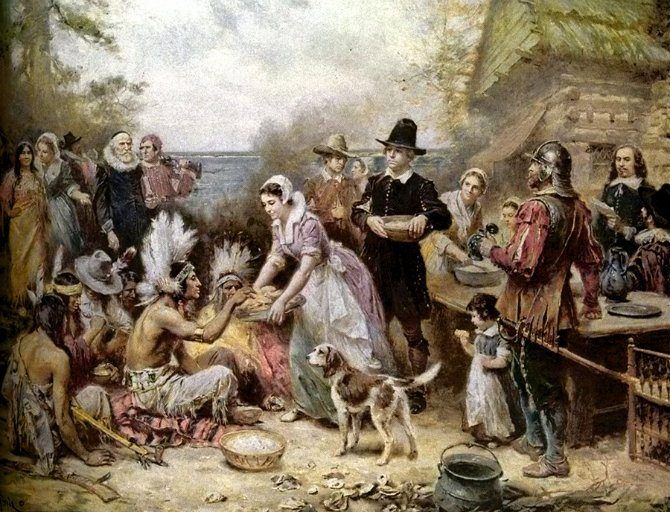What Is Thanksgiving?
There is no doubt that Thanksgiving is part of the very fabric of our nation, and there are even Thanksgiving traditions all around the world. But to really get a grasp on what this holiday means, we have to examine our traditions in action.
What the Pilgrims Really Ate on Thanksgiving (Slideshow)
The Daily Meal has done this in several ways: We've examined some of the White House traditions to better understand how our founding fathers celebrated this truly patriotic holiday, and we've shared what Thanksgiving was like for those who defend our freedoms through a detailed history of our military's Thanksgivings. While we look forward to showing you how to have a truly successful holiday, we hope you take a moment to get to know some of the history behind this delicious day.
Defined as an "expression of gratitude," Thanksgiving is meant to be a day where we express our appreciation for the many blessings that are in our lives. The holiday of Thanksgiving is wrapped in myth and legend, where the definite origins of the Thanksgiving meal are blurred. The typically accepted first Thanksgiving meal origins occurred when the Plymouth pilgrims and the Wampanoag Native Americans gathered for a three-day feast now known as the first Thanksgiving in 1621. However, there is a marker in Texas that states "Feast of the First Thanksgiving — 1541."
Early Puritans celebrated Thanksgiving as a day of prayer, but Sarah Joseph Hale, known as the "godmother of Thanksgiving," could be responsible for the way in which we celebrate it today. After two stories were written about the first and the traditional Thanksgiving meals, Hale began a lifelong crusade to promote the holiday. As a female author and editor of Godey's Lady's Book, Hale used her position to repeatedly sing the praises of Thanksgiving for its moral and domestic influences. Beginning in 1847, she began the campaign to make Thanksgiving a national holiday. Nearly two decades later, after the Civil War, Hale wrote to President Lincoln asking him to proclaim Thanksgiving a holiday. On October 3, 1863 he obliged and declared that the last Thursday in November would be recognized as Thanksgiving Day.
